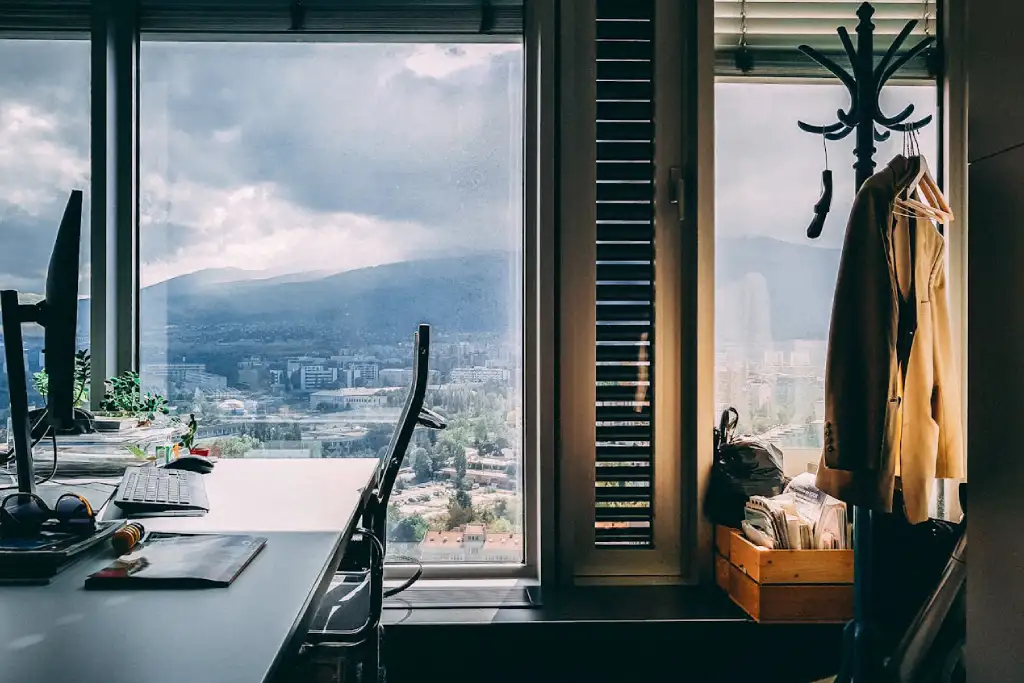In recent years, office design has moved away from rigid, uninspired layouts to embrace elements that foster comfort, productivity, and well-being. One crucial factor in modern office spaces is the use of natural light.
In Melbourne, where seasons bring diverse weather patterns, utilising natural light effectively can create a more welcoming and productive work environment. You can hire professionally trained experts for customised
office space designing in Melbourne within your estimated budget.
1. Prioritise Window Placement and Size
When designing an office space, the location and size of windows play a vital role in optimising natural light. Large windows positioned strategically to capture sunlight can illuminate an entire office floor, reducing the need for artificial lighting during daylight hours. In Melbourne, where the weather can be cloudy in the cooler months, it's essential to maximise available sunlight by ensuring windows are not obstructed by external structures or unnecessary office partitions.
It is good to consider designing the workspace with floor-to-ceiling or wide, expansive windows to allow more light to flood the room. These windows should face the sun during peak hours, such as in the morning or afternoon, depending on the building's orientation.
2. Use Light-Reflecting Surfaces and Materials
Consider incorporating reflective surfaces into the design to amplify the effects of natural light in your office. Using light colours on walls, ceilings, and floors can significantly enhance the dispersion of natural light throughout the office. White or pastel shades, for example, bounce sunlight more effectively than darker colours, brightening even the most shaded areas of the room.
You can add glass partitions, mirrored surfaces, or metallic finishes on furniture and fixtures can also reflect light deeper into the office. This approach is particularly effective in Melbourne's inner-city offices, where space constraints and tall buildings might limit direct sunlight.
3. Incorporate Open-Plan Layouts
Believe it or not! Open-plan is one of the most popular
types of layouts as it is ideal for distributing natural light across the workspace. With fewer internal walls and partitions, light can flow freely from windows, reaching more employees and reducing the reliance on artificial lighting. In Melbourne, where office buildings can be densely packed, an open layout ensures that even centrally located desks benefit from external natural light sources.
If privacy or sound control is needed in certain areas, then you can consider using glass partitions instead of solid walls. This design choice maintains the flow of light while offering the necessary separation between work zones.
4. Plan for Adjustable Blinds or Shades
While natural light is beneficial, excessive sunlight or glare can sometimes be a problem, particularly during Melbourne's hot summer months. The solution lies in using adjustable blinds or shades that allow you to control the intensity of sunlight entering the office at different times of day. Motorised blinds or smart glass technology can adjust automatically based on sunlight levels, ensuring optimal lighting conditions without causing discomfort to employees.
Additionally, translucent shades can diffuse direct sunlight while still allowing light to permeate the space. This way, you can maintain a well-lit office environment even during times of peak sunlight, preventing any harsh glare or excessive heat build-up that could affect
employee’s productivity.
5. Create Communal Spaces with Natural Light in Mind
Communal spaces like break rooms, lounges, or meeting areas should also take advantage of natural light. These areas are where employees recharge, hold informal discussions, or collaborate on projects, so creating a bright, inviting atmosphere can enhance their mood and creativity. In Melbourne, where winters bring shorter daylight hours, ensuring that communal areas have ample natural light can uplift employees during the colder, darker months.
Position communal spaces closer to windows and design them with minimal obstructions so that sunlight can freely enter. Additionally, place plants near windows or in areas that receive plenty of light.
Wrapping up
Not only do plants thrive in natural light, but they also add a sense of warmth and tranquillity to the office, boosting overall well-being. This can also help you
reduce lighting costs in your business and help you promote sustainability.
